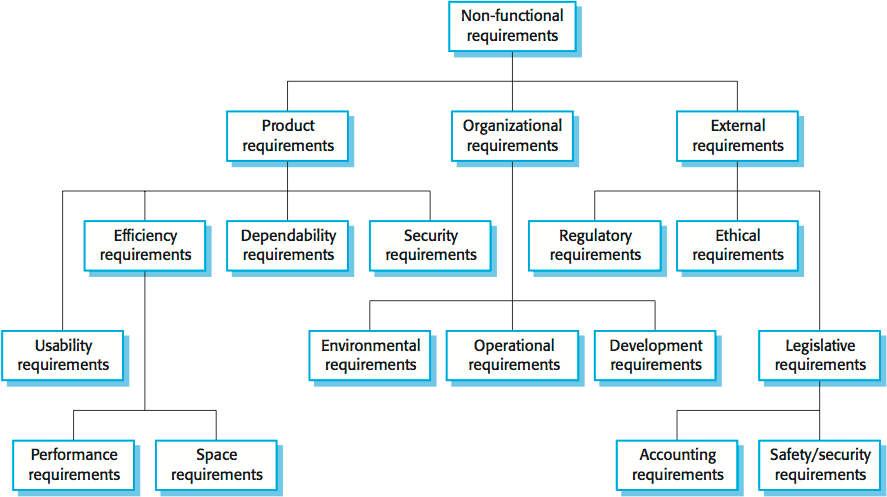
Let’s try to understand it better with some simple examples. At a basic level, they specify what any service/product should be able to perform. On the other hand, the system will give you the desired outcome even when it does not satisfy the non-functional requirements. Functional Requirements describes the functionalities, capabilities and activities a system must be able to perform and they specify the overall behavior of the system to be developed. The only difference between the two is that the system can not function without satisfying all the functional requirements.
#Functional requirements windows#
If the requirement says that the system would only work on a Windows and a Linux system, that would be a part of non-functional requirements. That is a part of functional requirements. For example, the new application shall provide us with the final list of all connected users. If functional requirements specify what a system should do, non-functional requirements describe how it will do it. Non-functional requirements are as important as functional requirements are. It helps when creating a checklist of the requirements that are to be met in the system to be designed. Sub-classifying the non-functional requirements is a good practice. Furthermore, there is a common practice of sub-classifying the non-functional requirements into various categories like: These requirements do not have any impact on the functionality of the application. Non-functional requirements explain the limitations and constraints of the system to be designed. They provide a clear description of how the system is supposed to respond to a particular command, the features, and what the users expect. It is a description of what the system will be and how it will function to satisfy user needs. How are functional requirements different from non-functional requirements?įunctional Requirements, as the name suggests, describe the functions of the system to be designed. By following these guidelines, you can be sure that your functional requirements are clear and will help your development team build the right product. When creating functional requirements, it is important to keep in mind that they should be specific, measurable, achievable, relevant, and time-bound (SMART). They are different from non-functional requirements, which define how the system works internally (e.g., performance, security, etc.). In this example, the function is “send confirmation email” and the behavior is “The system shall send a confirmation email to the user after they have successfully placed an order.”Īs you can see, functional requirements are specific statements about what the system should do. : The system shall send a confirmation email to the user after they have successfully placed an order. In this example, the function is “calculate sales tax” and the behavior is “The system shall calculate the sales tax by multiplying the purchase price by the tax rate.”

: The system shall calculate the sales tax for the user’s purchase. In this example, the function is “login” and the behavior is “The system shall allow a user to login using their username and password.”


: A user shall be able to log into the system using their username and password. To give you a better understanding of functional requirements, let’s take a look at some examples.


 0 kommentar(er)
0 kommentar(er)
